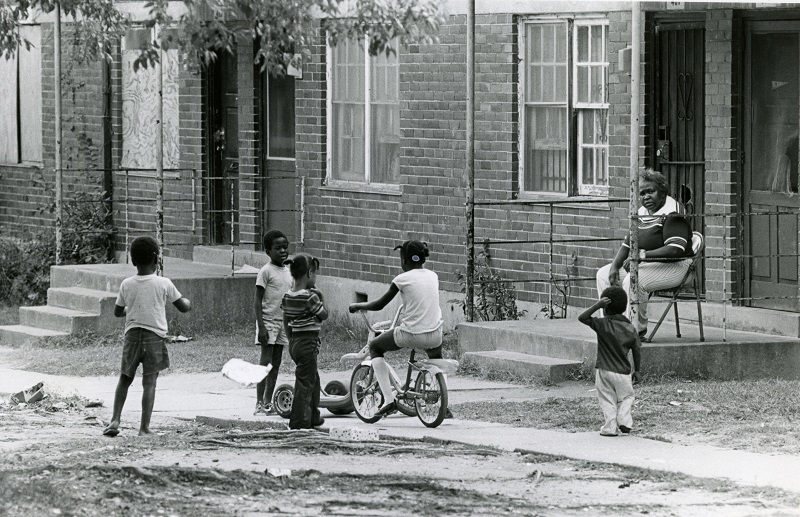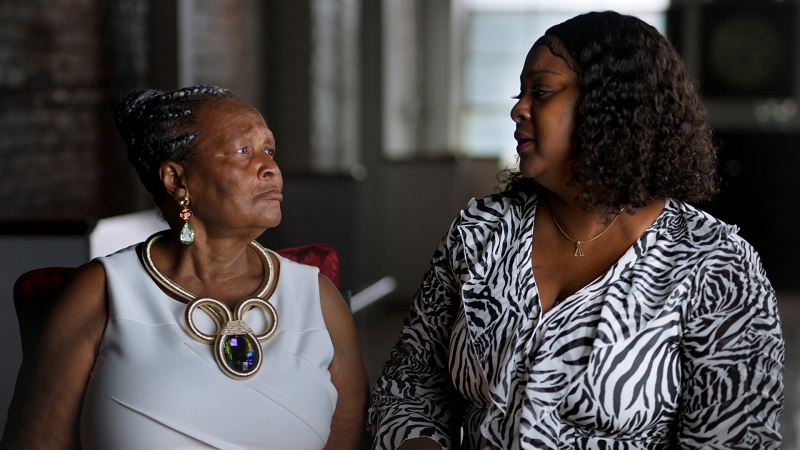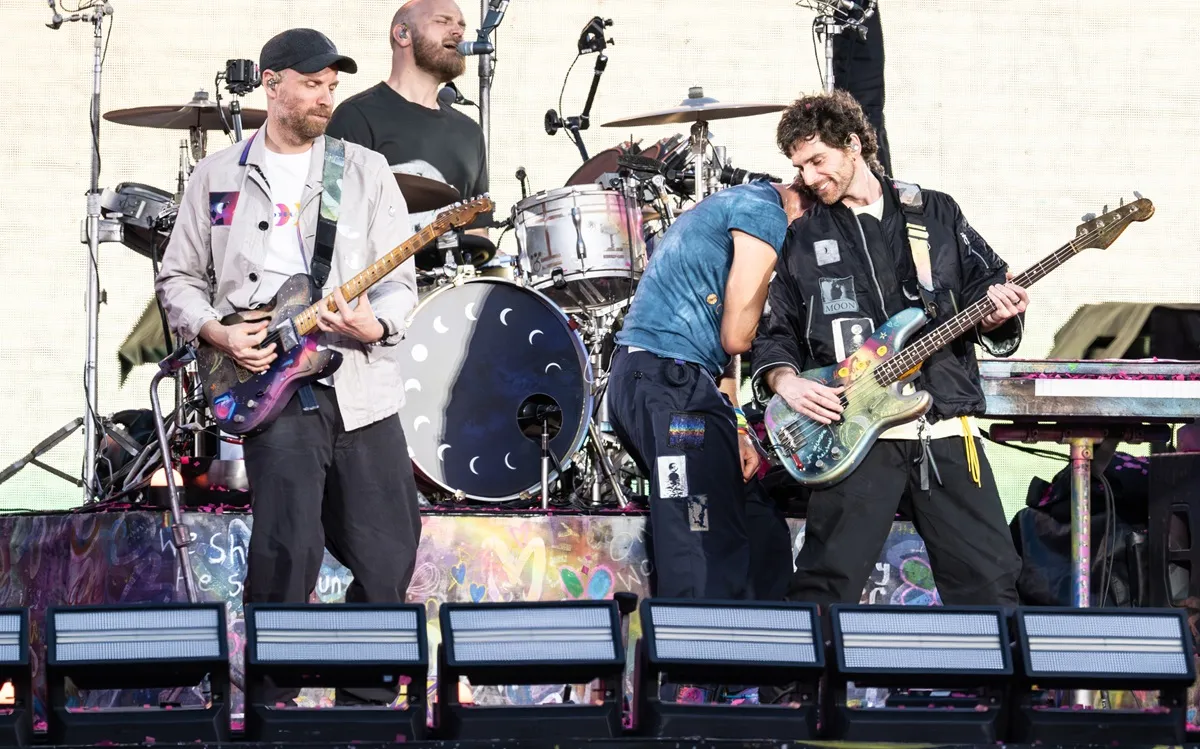‘Atlanta’s Missing and Murdered’: New HBO Series Dives Into the Darkness
What happens to a community as the bodies of missing children turn up mutilated in area parks? And how do victims’ families cope with their loss while the murders remain unsolved?
It may sound like the plot of a fictional serial-killer show, but sadly it’s not. The African-American community of Atlanta area grappled with these real-life horrors — a case involving over 30 murders — in the late ’70s and early ’80s. And a new HBO series executive produced by John Legend examines the heavy toll on the city.
Atlanta’s Missing and Murdered, a five-part documentary series premiering April 5 at 8 p.m. on HBO, draws viewers into the excruciating case in the way it unfolded while continually returning to the present.
Since Atlanta police reopened the case in 2019, there’s been official acknowledgment that investigators may have shut it down too soon. For decades, some of the victims’ families have refused to believe the man convicted for some of the killings murdered their sons.
HBO series zeroes in on the Atlanta Child Murders

Unless you went through it, it’s impossible to imagine how a community found a way to cope with children disappearing and turning up dead on a regular basis. Atlanta’s Missing and Murdered, co-produced by Show of Force, John Legend’s Get Lifted Film Co., and Shawn Carter’s Roc Nation, attempts to take viewers there.
The series mixes in exclusive archival footage and interviews with police reports, FBI records, details on the reopened case, and a look inside the lives of victims who are still coping with their dead family members to this day.
For viewers who are unfamiliar with the murders, getting into the story can be overwhelming. It seems impossible that so many dead children turned up dead over a 21-month period. And you may find law enforcement’s reaction hard to fathom.
But the filmmakers are telling the story for those very reasons. As the African-American community began demanding answers, the temperature of a wounded population began to rise.
The series examines victims’ pain and a hastily closed investigation

While the pain and suffering from 1979 on could warrant its own documentary, Atlanta’s Missing and Murdered has larger aims. Another part of the story begins in 1982, following the murder conviction of Wayne Williams for the alleged killings of two of the victims.
After Williams’ conviction, law enforcement considered the case– including the 28 or so other murders — closed. Yet those murders remained unsolved and Williams, sentenced to jail for multiple life sentences, maintained his innocence.
Multiple family members of the victims don’t believe Williams did it, either. After all these years, they continue to look for answers (and thus closure) on this front. Atlanta’s Missing and Murdered takes you inside their lives.
The hook for many viewers will come down to this abrupt closing of the murder cases. As investigators’ memories conflict with contemporary reports, you see why people doubted the reasoning behind closing the cases — and why this docuseries needed to get made.
Also see: ‘Spy Wars With Damian Lewis’ Series Arrives on the Smithsonian Channel


